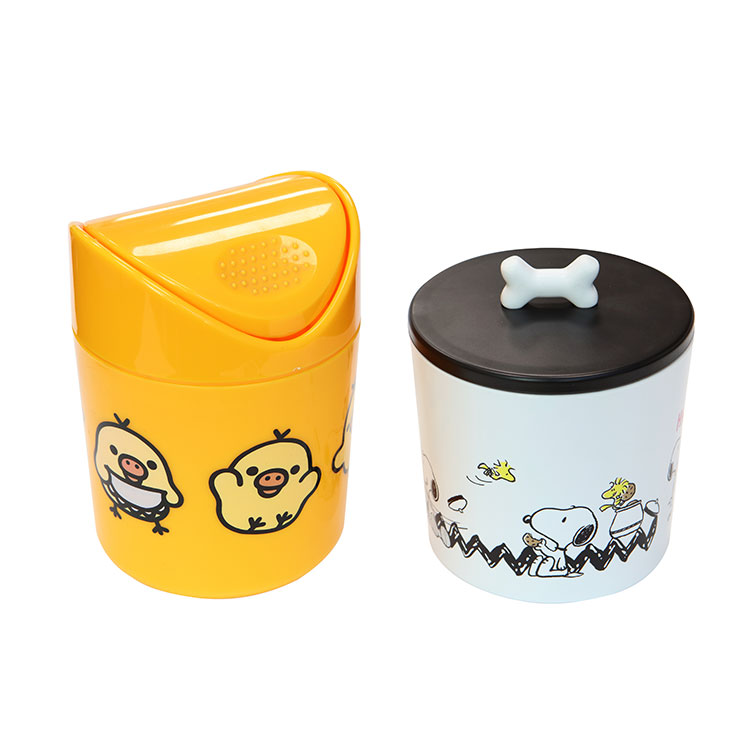Can You Tell the Types of Materials and Their Safety of Food Grade Plastic Container?
There are many types of plastics used in Food Grade Plastic Container, and each plastic has its own unique characteristics and applicability. These plastics not only affect the shelf life and taste of food, but are also closely related to our health. Therefore, it is crucial to understand the types of food packaging plastics and their safety.
Common plastic materials include PET (polyethylene terephthalate): commonly used in mineral water bottles and carbonated beverage bottles. It is heat-resistant up to 70°C and is suitable for warm or frozen drinks, but if it is filled with high-temperature liquids or heated, it is easy to deform and may dissolve substances that are harmful to the human body. HDPE (high-density polyethylene): suitable for cleaning products and bath products. This material is reusable, but the bottle mouth is small and may not be thoroughly cleaned. PVC (polyvinyl chloride): currently less used in food packaging. Under high temperature conditions, it may produce harmful substances.

LDPE (low-density polyethylene): mainly made into cling film and plastic film. However, its heat resistance is not strong, and when the temperature exceeds 110°C, qualified PE cling film may melt. Therefore, before putting food into the microwave, the plastic wrap should be removed. PP (polypropylene): the only plastic food grade plastic container that can be put into the microwave. PS (polystyrene): commonly used in bowl instant noodle boxes and fast food boxes. It is both heat-resistant and cold-resistant, but cannot be put into the microwave, and is not suitable for strong acid and strong alkaline substances. Therefore, fast food boxes should be avoided to pack hot food. PC (polycarbonate): widely used in kettles, water cups and milk bottles. However, it is controversial because it contains bisphenol A. When using, avoid heating and prevent direct sunlight.
Commonly used food grade plastics include PET (polyethylene terephthalate), HDPE (high-density polyethylene), PP (polypropylene) and PS (polystyrene). These plastics are widely used in food packaging and containers, but their respective characteristics and limitations should be noted when using them.
PET plastics are widely used in the field of food grade plastic containers, such as plastic boxes and beverage bottles. Common transparent fruit boxes and cake boxes are made of PET sheets through the blister process, ensuring food grade safety standards.
PP plastic is also a common food grade plastic. It can be made into various Food Grade Plastic Containers, such as special plastic bags, plastic boxes and straws. This plastic is not only safe and non-toxic, but also has excellent low and high temperature resistance. It is particularly worth mentioning that PP is the only plastic that can be safely placed in a microwave oven for heating. Its high strength and folding resistance make it not break even in 50,000 high-altitude falls at -20°C. Therefore, food grade PP sheets are often used for packaging quick-frozen dumplings and microwave heated foods.
HDPE plastic, also commonly known as high-density polyethylene, is known for its high operating temperature, hardness and mechanical strength, as well as good chemical resistance. This non-toxic and safe material is often used to make Food Grade Plastic Containers.
On the other hand, products made of LDPE plastic (low-density polyethylene) are tasteless, odorless, non-toxic and matte, making them very suitable for applications such as plastic parts for food, composite films for food packaging, and food cling films.
PS plastic is often used to make bowl instant noodle boxes, fast food boxes and disposable food packaging boxes, and its excellent cold resistance makes it perform well in these applications. At the same time, food-grade PS sheets are also widely used in the manufacture of containers such as yogurt cups.




